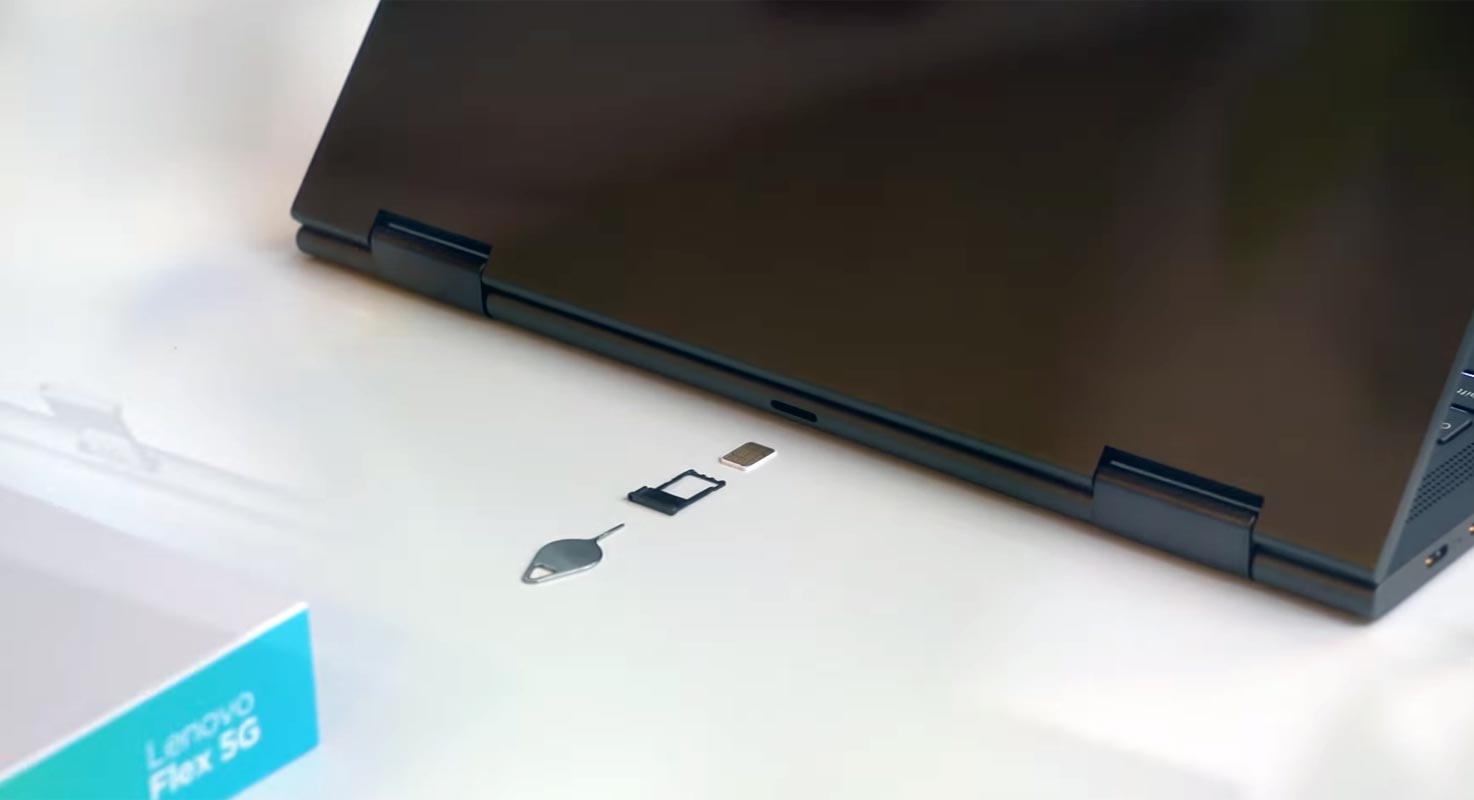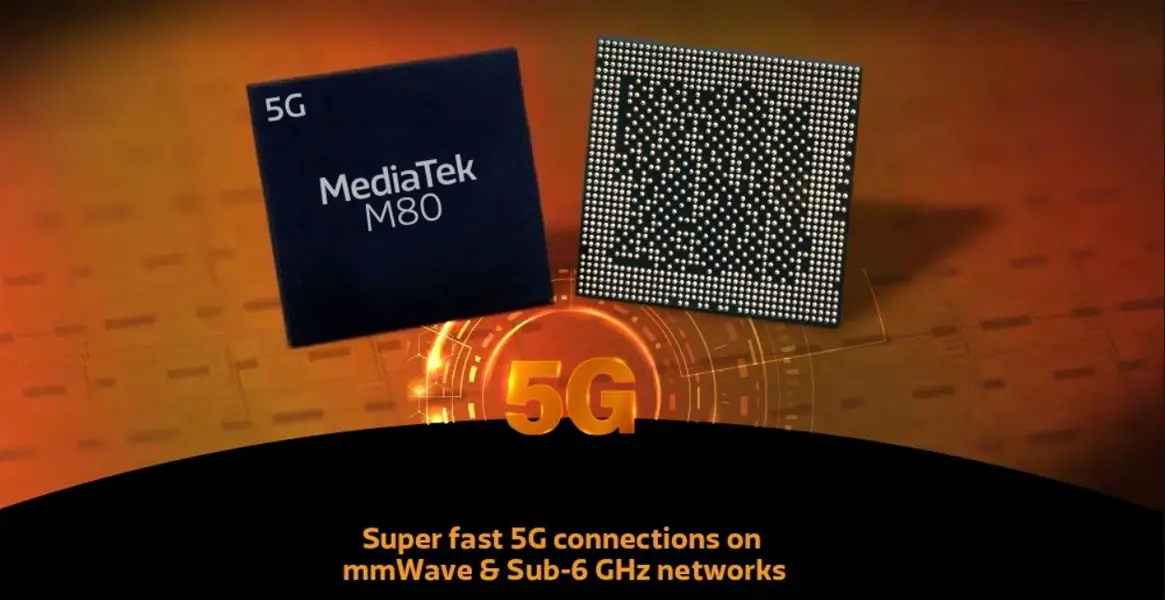When you want to win in the product sales race, You should try to compete in new technologies instead of competing in the Old technologies. That’s how you can manage to make equal completion with your competitor. Qualcomm is already an industry leader in the 4G processors. But when it comes to 5G technology, They are producing new lineups like MediaTek. So, When MediaTek can provide better affordable solutions, mobile companies will adopt them. Most of the companies begin to use MediaTek 5G processes. But the main motto of MediaTek 5G sector is to use their modems in most of the 5G devices as possible. As another step, MediaTek announced M80 mmWave 5G processor.

Last year, MediaTek launched M70, its first 5G modem, and the Dimensity 1000 series processors. The M70 supports the sub-6GHz spectrum of 5G but unfortunately missed the mmWave support for some reasons. M70 couldn’t get a favorable response from the US market because of mmWave massive roll out there.
Features of MediaTek M80 5G mmWave Modem
MediaTek this Monday unveiled its latest M80 modem, the company’s first 5G modem supporting mmWave connectivity with a massive downlink speed up to 7.67Gbps and uplink speeds up to 3.76Gbps. It is an enormous increase compared to its predecessor M70 having a downlink speed 4.7Gbps and an uplink speed 2.5Gbps.

Faster Speed
M80 supports both Standalone (SA) and Non-Standalone (NSA) architectures with a lightning speed of download and upload as 7.67Gbps and 3.67Gbps, respectively. The Qualcomm® Snapdragon™ X60 can reach up to 7.5Gbps in downlink and 3Gbps in the uplink, whereas, Samsung integrated 5G modem can hit 7.35Gbps in downlink and 3.67Gbps in the uplink.
Reliable Connectivity
M80 supports for mmWave connectivity with up to eight component carriers (8CC). For sub-6GHz, it supports dual 5G SIM connectivity, NSA and SA support, dual 5G NSA and Sa, dual Voice over New Radio (VoNR) support, and Cat-19 LTE downlink capabilities with 5CC.
Improved Power Efficiency
M80 integrates MediaTek’s 5G UltraSave technology for improved power efficiency, which provides an extra layer of power-saving enhancements. That results in lower power consumption for 5G. MediaTek’s UltraSave Network Environment Detection and UltraSave OTA Content Awareness technologies control power management and operating frequency that dynamically adjusts power consumption.
Availability
According to MediaTek, M80 Modem is still in the lab, and MediaTek will send it to OEMs later this year. So, don’t expect any commercial device powered by MediaTek’s mmWave modem very soon. It suggests that you may get the device equipped with MediaTek’s first mmWave modem at the end of this year or 2022.
MediaTek’s Plan to Power Which Devices?
The use of MediaTek M80 with a mobile phone is a bit nebulous as the company told in a launch event that M80 is intended for Mi-Fi hotspots, IoT, and external 5G modems. Also, MediaTek confirmed that this M80 would not be paired with the current chipsets lineup of MediaTek. So, you have to wait for the company to design the hardware to face M80 to consumers.
Wrap Up
MediaTek works with OEMs worldwide to provide a faster and more reliable 5G experience to consumers. And all big OEMs in more than 100 markets validate MediaTek’s technology. As a result, MediaTek launched last year Dimensity 1000, 1100, and 1200 processors with built-in 5G modems for a faster, reliable, and cheaper 5G experience for consumers.
Compared to 4G or sub-6GHz connectivity, mmWave components are pretty expansive and add a handsome amount to the phone material bill. But MediaTek has a reputation for supplying cheaper chips, which means you can hope for a price cut down in your mmWave phone bill powered by MediaTek M80. Do tell us your views about this new modem in the comments below.

Selva Ganesh is the Chief Editor of this Blog. He is a Computer Science Engineer, An experienced Android Developer, Professional Blogger with 8+ years in the field. He completed courses about Google News Initiative. He runs Android Infotech which offers Problem Solving Articles around the globe.



Leave a Reply